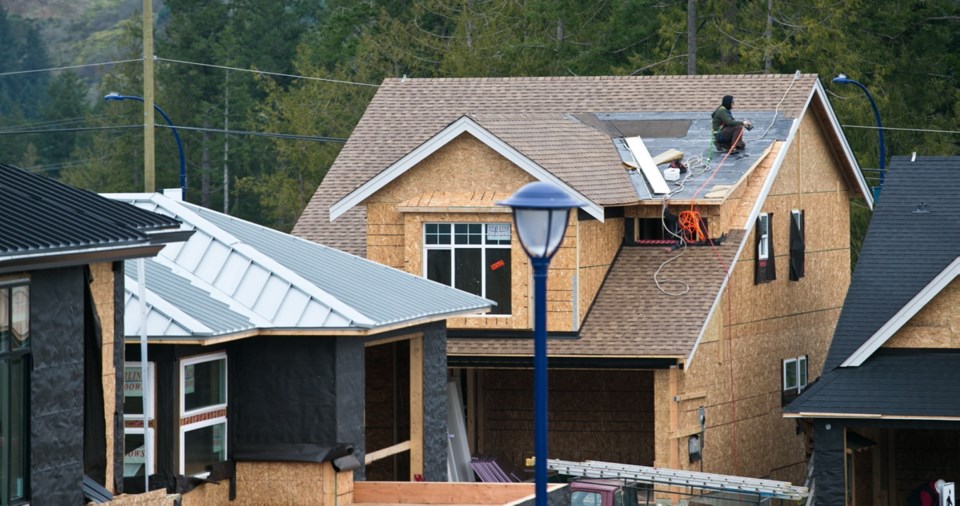 The provincial government periodically shames municipalities for the high costs they impose on housing developers, because they get added directly onto the asking price and contribute to the affordability crisis that is now rampant.
The provincial government periodically shames municipalities for the high costs they impose on housing developers, because they get added directly onto the asking price and contribute to the affordability crisis that is now rampant.
But B.C. has its own role to play in housing costs, and an expert in the field was only too happy to point it out to MLAs this week.
Casey Edge, of the Victoria Residential Builders Association, told a finance committee meeting that high costs in the capital are due to lack of supply but also a layering of regulations at all levels. Building codes, land-use restrictions, permit fees and processes all contribute.
The property transfer tax is a perennial complaint from the industry, and Edge focused on its multiple applications.
“A developer buys land from an owner and pays the tax. The land is subdivided, a builder buys a lot, and the tax is paid again. The builder sells the home to a purchaser, and the tax is paid a third time. Three taxes are embedded in the price of one new home.”
The province was cited on another count related to upcoming changes to the building code. The government is keen to be seen as fighting climate change, and revisions up for approval shortly will mandate more energy-efficient new homes. But Edge said new homes are already energy-efficient and the stricter requirements make for negligible improvements, at much higher costs.
Meeting the highest standards of new code provisions could add $40,000 to the price. Financed over time, that could amount to $67,000, which would take almost a lifetime to recoup through lower energy costs.
The Union of B.C. Municipalities has endorsed a resolution asking for cost-benefit analysis of new building code regulations on smaller homes, which the homebuilders also endorse. The real gains to be made on energy savings are in older homes, the vast majority of the housing stock, he said. The expensive new “stretch code,” subject to approval, is awaiting Housing Minister Rich Coleman’s approval with no cost/benefit study, in a province where the average cost of a home is $100,000 more than the national average.
The UBCM also supported a renovation tax credit to spur work on the older housing stock.
Municipalities do share some of the blame when it comes to piling on costs. Edge cited Central Saanich, where a plan to more than double development-cost charges — by 130 to 157 per cent — up to $9,000 for a single-family home, is under consideration.
“If you tried to raise property taxes by 157 per cent, you’d be out of there so fast. The reason they ratchet up the costs … on new home owners is because nobody lives in that home yet. Nobody’s there to vote them out.”
The industry response to those rising costs is to try to build more smaller homes on smaller lots, but that’s not welcomed in most of the capital’s 13 municipalities. Edge said many have negligible or declining growth rates. “Some have not approved a multi-family project in years and have declining populations, eroding their ability to pay for infrastructure and services.”
That leaves Langford, with its fabled three-day turnaround on building permits and huge appetite for affordable housing, to accommodate most of the region’s growth.
MLAs are hearing ideas for next February’s budget, which is expected to continue the government’s belated focus on housing that started this year. Edge told them to think about incentives for small-lot rezonings, efficient and affordable application processes and ways to “reduce bias against development.”
The focus this year was on the supply side of the problem, with the B.C. Liberals trying to curb it by imposing a luxury tax on higher-end homes, then deciding to document citizenship of buyers, then cracking down on foreign buyers in metro Vancouver with the 15 per cent surtax. Those moves either spurred or contributed to a decline in the market in metro Vancouver and other markets.
Addressing the supply side is more complicated. The B.C. Liberals had no problem offending foreigners with the summer moves. But forcing local governments to ramp up supply involves a certain amount of offence being taken on the domestic front.



